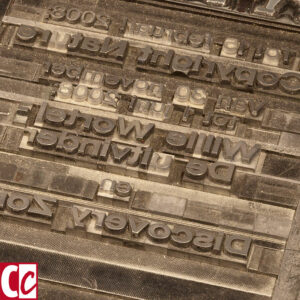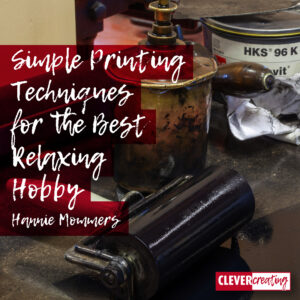
Printing is to multiply images and/or texts by making several identical prints of a master form.
Printing had everything to do with my past profession as a graphic designer and still is a joy as a relaxing activity in my present life.
In this article, I will list an overview of several techniques emphasising simple printing techniques that can easily be practised at home.
For the sake of completeness, I will also mention professional printing techniques.
Some of the links are affiliate links. As an affiliate associate, I earn a small commission when you purchase any of the products offered through the shared links at no extra cost to you. This helps me to maintain this website and I thank you for supporting me.
Table of Contents
Simple printing techniques
The main classification of printing techniques is relief printing, intaglio printing, planographic printing, and screen printing. A combination of these techniques results in mixed media art.
Meaning of printing
The invention of the printing press in the 15th century has had great technical and social significance.
Getting cheaper and larger print runs made books available to more people than just the monasteries and courts.
Over the centuries, more and more techniques have become available. Because these techniques continue to change, the traditional printing press has been hit hard by digitization.
For hobby and artistic use, printing is one of the many avenues available to us for expression. One of my favourite parts of printing is the ability to combine text and images.
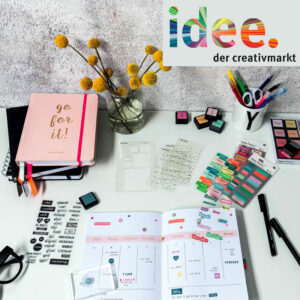
One or more colours
In most cases, you can only print one colour when working with an image carrier or master form.
To achieve colour nuances, you can hatch with intersecting lines, place points manually further apart or closer together, or rasterize.
If you want more than one colour, you will have to use several forms. A full-colour picture is made with 4 colours – CMYK, cyan magenta yellow black (key) – which, when mixed, represent almost all colours.
Related: How to Improve the Colour Quality of your Printed Pictures
Relief printing

Raised areas are inked with a roller and then printed on paper. Recognizable by the dent of the printing plate on the back of the paper.
Rubber stamps
Stamping letters, pictures, and textures with ink or paint is the easiest way to start printing. Buy some stamps and print them in one or more colours on a variety of surfaces.
Linocut
Making a linocut requires a little more effort and experience, although the technique is the same as stamping.
Not every type of linoleum is suitable for a linocut. The sheet must have a certain thickness, softness, and smoothness.
For artists, linoleum is an excellent substitute for a woodcut, because the material is easier to work with and has little or no structure.
Related: Combine Linocut with Clay to Create Beautiful Ceramic Reliefs
Potato stamps
A good replacement for buying rubber stamps is carving potato stamps. Cutting geometric shapes and letters from potatoes is a great way to get creative.
However, you cannot refine the details and potato stamps last for just a short period of time.
Pad printing (Tampography)
Pad printing is used to print 3D objects. The master form is made of silicone, which makes it flexible to print, for example, mugs or ballpoint pens.
Woodblock printing
The earliest printing blocks were made of wood. An entire page was cut out as if it were handwritten.
Wood has a grain and because a soft type of wood was used, there was a high risk of damage. A broken piece or an incorrectly cut letter meant that the entire page had to be recreated.
The result is more refined than a linocut and the details can be more precise.
Letterpress printing
With the invention of movable type to make sentences and pages, the industrial printing press gained momentum.
After being the way books and newspapers were manufactured for centuries, offset printing replaced this technique in the 20th century.
Related: Museum Plantijn Moretus, Antwerp, Belgium
Flexography
Rotary printing, which is mainly used to print newspapers because of its speed, uses flexible printing plates.
Paper embossing
The best-known form of embossing is Braille. In addition, embossing is also used to give printed matter a chic look. Shadowing, not ink, makes the image visible.
Intaglio Printing
The ink is transferred to the paper from recessed areas. Recognizable by the ink relief on the front of the paper.
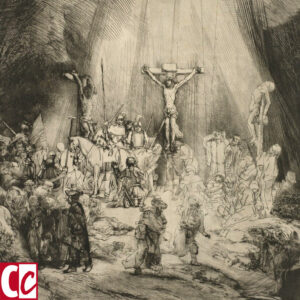
Etching
A metal plate is covered with a special layer into which a drawing is scratched. The plate is then placed in an acid solution so that the drawing lines are etched away. An etch has finer and more precise lines than a woodcut.
The etchings by Rembrandt and Goya are famous. Rembrandt’s biblical scenes and Goya’s war scenes are very expressive.
Engraving
In contrast to the etching process, which involves acid action, engraving is accomplished by scratching into the metal plate directly. With a burin, lines are deepened to a greater or lesser extent, resulting in tonal differences.
Drypoint
The difference between an engraving and a drypoint is the tools and the way ink is transferred to the paper.
A hard-pointed needle scratches the surface, creating a burr that traps the ink. As opposed to engraving, drypoint does not remove metal.

Aquatint
An aquatint is a form of etching, but instead of lines, surfaces are created that are formed by spraying grains of acid-resistant powder onto a metal plate.
Mezzotint
In a mezzotint, nuanced halftones are possible.
A copper plate is roughened, after which parts are smoothed to a greater or lesser extent using a steel scraper. The ink adheres to the rough parts.
Rotogravure
Rotogravure is the industrial form of copper intaglio printing.
Planographic printing
Due to the chemical treatment of the printing plate, the printing and non-printing parts are different. Recognisable by the smooth thin ink layer on the paper.
Monotype
A monoprint has a print run of only one, while most printing techniques are characterized by a print run of more prints.
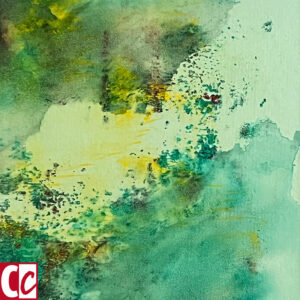
The print can be made in 2 ways. A glass plate is rolled in with ink or paint in which a drawing is made by removing material. Another way is to draw with paint or ink and print the paper on it.
Gelli printing
A Gelli print is also a monotype, but instead of a glass plate, a flexible plate of gelatin is used.
Gesso print
Gesso is a substrate used to prepare linen or paper for painting. By pressing magazine pages onto a wet layer and pulling them away, great images can be made. It’s a way of monotype as well.
Related: Gesso printing, made in November and December 2019
Digital printing
The simplest method of printing for a hobbyist: making a print with an inkjet or laser printer. The original can be a photo or a scan of something.
Related: How to Improve the Colour Quality of your Printed Pictures
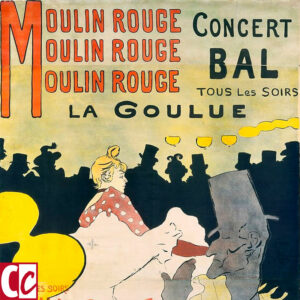
Lithography
One of the most famous lithography artists was Henri de Toulouse-Lautrec. The surefire lines in his passionate drawings of theatre divas and prostitutes are fantastic.
Lithography is printing with stone. A porous limestone retains water except in areas marked with a greasy pencil. Inks are also oily.
Grease and water repel each other, so only the greasy parts are printed.
Offset printing
Offset works in the same way as lithography on the principle that water and fat repel each other.
An aluminium plate is photographically printed and only the printed parts absorb ink.
The ink is first printed on a rubber blanket and then the rubber blanket presses the image onto the paper. This intermediate transfer is called offset.
In the middle of the last century, offset printing supplanted commercial letterpress printing. Today a lot of printed matter is produced digitally.
Screen printing or serigraphy
In Dutch, ‘through printing’ is a more comprehensive term than screen printing. Although I guess I am thinking this way because I’m Dutch!
For me ‘through’ indicates more clearly the difference with the other 3 main groups. The ink passes through a screen onto the paper.
A screen print is recognisable by the thick opaque ink layer.
Stencil printing
Stencils can be used as a shape or as a residual shape. It is possible to apply paint either with a tampon or with pressure.
Silkscreen printing
A framework of a fine mesh of silk, polyester or steel is partly covered by an impermeable emulsion. With a squeegee, the ink is raked over the frame and will only pass through the permeable parts.
The emulsion can be applied to the mesh manually or photographically.
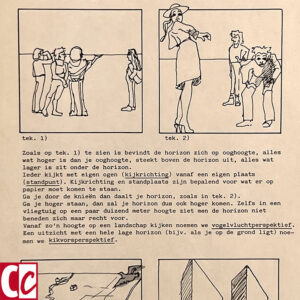
Spirit duplicator
The elderly among us may remember the duplicating machine from school days or as activists. I made the lessons I prepared for my very first teaching job with the spirit duplicator. 🙂
A double-layer master consists of a thin stronger, permeable layer with a waxed sheet underneath. A typewriter without an ink ribbon or a hard marker removes the wax, creating spots where ink can pass.
Mixed Media
Mixed media is the combination of different printing techniques. Most of the collages I make are mixed media.
The creative expression possibilities are already great when we use just one technique but become entirely endless when we use several techniques together.
What is your favourite printing technique? Tell me in the comment box below.




